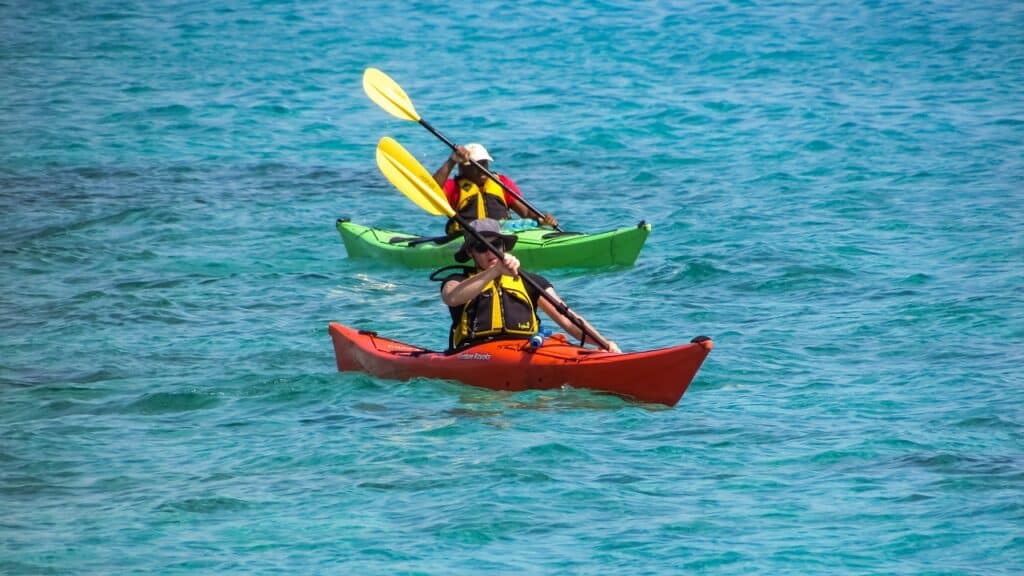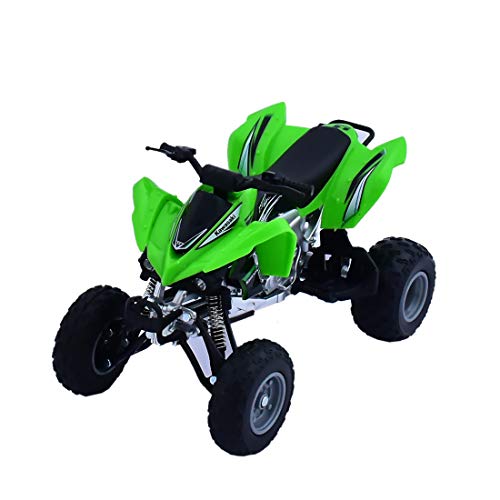No products in the cart.
Fun Facts
Navigating Uncharted Waters: The Exhilarating World of Kayaking
 Navigating Uncharted Waters: The Exhilarating World of Kayaking
Navigating Uncharted Waters: The Exhilarating World of Kayaking
The adventure seekers amongst us have always looked for more innovative and immersive ways to blend with the natural environment. Enter kayaking – a riveting, soul-stirring way to traverse both tranquil lakes and challenging rapids. More than just a sport, it presents an intimate dance between humans and water, promising the thrill of exploration, physical exertion, and an extraordinary connection with the outdoors.
On its surface, kayaking might appear to pose a somewhat steeper learning curve than its cousin, paddleboarding. Yet, it should not be discounted for its perceived complexity. Instead, consider the sport as an exhilarating challenge that can be tamed by individuals across the age spectrum.
The watercraft of choice, the kayak, is a vessel that commands admiration. Its sleek design mirrors the efficiency it displays on waterways, whether serene or tempestuous. On a journey with this craft, the paddler sits low in the hull, as if merging with the kayak, becoming an integral part of this aquatic marvel.
Kayaking invites individuals of varying skill levels to confront their personal thresholds. It extends an open invitation to outdoor enthusiasts seeking tranquillity in the slow, rhythmic dance of the paddle slicing through still waters. Simultaneously, it beckons the thrill-seekers craving the adrenaline-fuelled challenge of navigating turbulent rapids, a feat that calls for precise maneuvering and unwavering determination.
This outdoor activity’s beauty lies in its inclusivity. Age does not determine your place on a kayak. Children, adults, and seniors alike find their rhythm on these buoyant vessels. Everyone can customize their kayaking experience, tailor their trajectory, pace, and challenge to align with their physical capabilities and adventure spirit. The experience is both personal and universal, allowing kayakers to bond over shared experiences while appreciating their unique journeys.
Learning to kayak is akin to acquiring a new language. The beginner starts with the basics, understanding the kayak’s balance, mastering the paddle’s grip, and deciphering the water’s moods. As one grows more proficient, they start to converse with the water, guiding the kayak with instinctive precision, understanding the unspoken language of currents, and eventually mastering the art of traversing even the most tumultuous waters.
For those who have paddled on a stand-up board and are considering a transition to a kayak, the switch is not as daunting as it may seem. The skills you’ve honed on the paddleboard, such as balance, navigation, and understanding water conditions, transfer well to kayaking. Furthermore, the seated position in a kayak can offer more stability, and the dual-bladed paddle allows for efficient maneuvering and swift propulsion.
Kayaking is not merely a sport but an intimate experience that ties the kayaker with nature. On the water, one can feel the subtle shifts in the wind, observe wildlife in its undisturbed habitat, and gaze upon the unspoiled beauty of the shoreline. The kayak becomes an extension of the self, a tool for exploration that goes beyond the physical and ventures into the realm of the emotional and spiritual.
Moreover, kayaking can be an engaging social experience. Group expeditions not only provide a safety net for beginners but also foster camaraderie. Floating along a waterway with others, whether friends or family, promotes a shared sense of achievement and a deeper connection to the environment and each other.
As with any new endeavor, safety is paramount. Adequate preparation, from donning the appropriate gear to learning rescue techniques, is essential. The prospective kayaker should not be daunted by these precautions. Instead, they should view them as steps towards a rewarding and safe exploration of the waterways



